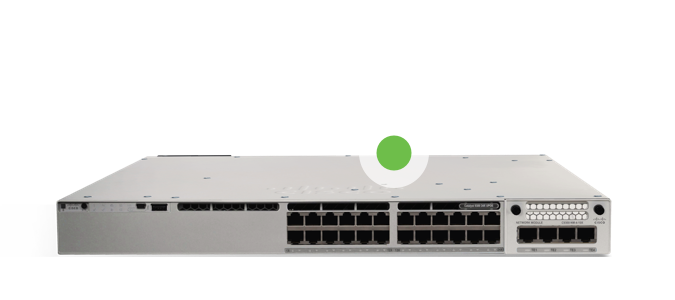

The number of spine switches you have is dependent on the level of redundancy and bandwidth you want going across your network. We call this collection of links as "the fabric". ACI configures this for you, and uses IS-IS. In Cisco ACI, you don't configure a routing protocol like you would ordinarily need to do. It provides the best level of redudancy and performance. This means that your advanced layer 3 protocols EIGRP and IS-IS will use all paths are the same time through a feature known as equal cost multipathing (ECMP). This type of topology ensures that for each leaf switch to leaf switch communication, they will all have the same path cost at layer 3. Each leaf switch must connect to all spine switches and all spine switches must connect to all leaf switches. Everything else connects to the leaf switches, which includes your routers, firewalls, servers, and non ACI switches. In this topology spines can ONLY connect to leaves. Spine and leaf is an East to West topology. This is different from your traditional North to South topology of Access, Distribution, Core. That is the spine and leaf topology, also known as Clos. In the Cisco ACI setup, only one type of topology is supported. We think about what kinds of applications we're supporting and how they'll be allowed to communicate. Instead of thinking of configuring each of the switches, we think about configuring the data centre network as a unit. Through Cisco ACI, we now treat all the Cisco Nexus switches in our data centre as a single logical switch. It decouples the hardware, as well as the associated data plane and control plane from the logical configuration. When it comes to software defined data centre, Cisco has answered this with Cisco Application Centric Infrastructure (ACI).


 0 kommentar(er)
0 kommentar(er)
